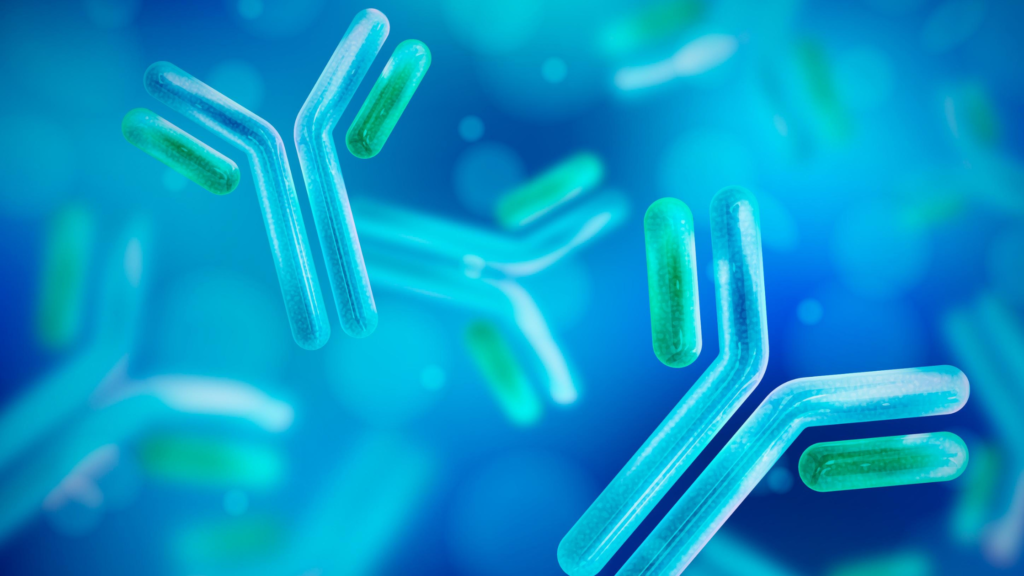
Within the intricate tapestry of microbial infections, Urinary Tract Infections (UTIs) stand out as a pervasive health concern affecting millions globally. Among the diverse array of bacteria capable of triggering UTIs, Escherichia coli, or E. coli, takes centre stage as the most common perpetrator. In this blog, we embark on a journey into the microscopic world to unravel the mystery behind E. coli’s dominance in causing UTIs. From the bacterium’s unique characteristics to the intricate anatomy of the urinary tract and the various risk factors at play, we’ll explore why E. coli has become synonymous with urinary tract discomfort and infections. Join us as we delve into the microbial realm to understand why E. coli stands as the primary player in this prevalent health issue.
Understanding E. coli
Escherichia coli, commonly known as E. coli, is a Gram-negative bacterium that plays a multifaceted role in the realm of microbiology. While the majority of E. coli strains are harmless and even beneficial in the human gut, some pathogenic strains possess the ability to cause a range of infections, with urinary tract infections (UTIs) being one of the most prevalent. To comprehend why E. coli is a recurrent culprit in UTIs, it’s essential to explore its characteristics, pathogenic mechanisms, and how it interacts with the complex environment of the urinary tract.
Bacterial Characteristics
- Gram-Negative Structure: E. coli is characterized by its Gram-negative cell wall structure, which includes an outer membrane, a thin peptidoglycan layer, and an inner cytoplasmic membrane. This structure influences its interactions with host cells and the immune system.
- Motility: Many strains of E. coli are equipped with flagella, enabling them to move efficiently. This motility plays a role in the bacterium’s ability to ascend the urinary tract.
- Pili and Adhesion: E. coli possesses hair-like appendages called pili, crucial for its ability to adhere to the epithelial cells lining the urinary tract. Adhesion is a key step in the initiation of UTIs, allowing the bacterium to resist flushing out during urination.
Virulence Factors
- Type 1 and P Pili: E. coli strains associated with UTIs often express specific types of pili, such as Type 1 and P Pili. These structures facilitate adhesion to uroepithelial cells, allowing the bacterium to establish a foothold in the urinary tract.
- Biofilm Formation: E. coli can form biofilms, sticky matrices of bacteria that adhere to surfaces. In the context of UTIs, biofilms provide a protective environment, allowing the bacteria to evade the immune system and antibiotic treatments.
Pathogenesis in UTIs
- Ascension to the Bladder: The journey of E. coli in causing UTIs typically begins with colonization in the periurethral area. The bacterium then ascends the urethra, reaching the bladder. Factors like sexual activity, catheterization, and structural abnormalities can facilitate this ascent.
- Invasion and Colonization: Once in the bladder, E. coli can invade and colonize the urinary epithelium, leading to inflammation and the characteristic symptoms of a UTI.
Anatomy of the Urinary Tract
- Short Urethra in Women: Women are more susceptible to UTIs due to their shorter urethra, providing a shorter distance for bacteria to travel to the bladder. This anatomical feature contributes to the higher incidence of UTIs in women compared to men.
- Natural Defences: The urinary tract has various defence mechanisms, including urine flow, acidic pH, and antimicrobial substances. Despite these defences, E. coli has evolved strategies to overcome them and cause infections.
Risk Factors Contributing to E. Coli UTIs
Urinary Tract Infections (UTIs) caused by Escherichia coli (E. coli) are often influenced by a myriad of factors that create an environment conducive to bacterial colonization and infection. Recognizing these risk factors is essential for implementing preventive measures and understanding why certain individuals are more prone to E. coli-induced UTIs. Let’s delve into the intricacies of the various risk factors associated with E. coli UTIs:
Sexual Activity
- Introduction of Bacteria: Frequent sexual activity, especially in women, can introduce bacteria into the urethra. During sexual contact, bacteria from the perianal region, including E. coli from the gastrointestinal tract, may be transferred to the urethral opening, increasing the risk of UTIs.
- Mechanical Irritation: Sexual activity can cause mechanical irritation to the urethra, making it more susceptible to bacterial invasion. This irritation may compromise the natural defences of the urinary tract.
- Hormonal Changes: Fluctuations in hormonal levels, such as those occurring during sexual activity or menstruation, can influence the microbial environment in the urogenital region, potentially favouring the growth of bacteria.
Urinary Tract Abnormalities
- Structural Issues: Anatomical abnormalities in the urinary tract, such as kidney stones or urinary tract strictures, provide niches for bacterial colonization. E. coli can exploit these structural issues to establish infections in a compromised urinary environment.
- Vesicoureteral Reflux: In cases where urine flows backwards from the bladder to the kidneys (vesicoureteral reflux), it can ascend more easily to the upper urinary tract, increasing the severity and recurrence of UTIs.
Catheterisation
- Direct Entry Route: Patients with urinary catheters are at a heightened risk of E. coli UTIs. The presence of a catheter provides a direct route for bacteria to enter the bladder, bypassing the usual barriers and defences of the urinary tract.
- Biofilm Formation: Catheters can facilitate the formation of bacterial biofilms, creating a protective environment for E. coli. Biofilms make it challenging to eliminate the bacteria through standard antimicrobial treatments.
Immunocompromised Status
- Weakened Immune Response: Individuals with compromised immune systems, such as those with diabetes, HIV/AIDS, or undergoing immunosuppressive therapies, are more susceptible to E. coli UTIs. A weakened immune response allows the bacteria to proliferate and establish infections more readily.
- Impaired Defense Mechanisms: Immunocompromised individuals may have impaired mucosal and cellular immune defences in the urinary tract, making it easier to evade the immune system and cause infections.
Menopause and Hormonal Changes
- Urogenital Atrophy: Menopausal women often experience urogenital atrophy, where the tissues in the genital and urinary tract become thinner and more susceptible to infection. This condition creates an environment favourable for E. coli colonization.
- Changes in Vaginal Microbiota: Hormonal fluctuations during menopause can alter the composition of the vaginal microbiota. Disruptions in the balance of protective bacteria can contribute to increased vulnerability to E. coli UTIs.
Conclusion
In the ongoing pursuit of scientific advancements continued research into E. coli’s interactions with the urinary tract will pave the way for innovative therapies, better diagnostics, and a deeper understanding of host-pathogen dynamics. Ultimately, by shedding light on the intricacies of UTIs, we strive not only to empower individuals with knowledge but also to contribute to the collective effort in reducing the burden of this common yet often underestimated health concern.
May this exploration serve as a beacon, guiding us towards a future where urinary tract infections are better understood, effectively managed, and, ultimately, minimized. Together, let us navigate the microbial landscape, armed with knowledge and a commitment to urinary health.
Dr. Sumit Sharma is an experienced urologist, andrologist, and kidney transplant surgeon with over 20 years of clinical experience. He is the founder of the Department of Urology at multiple hospitals in Gurgaon and has established successful kidney transplant programs across the city.
With a commitment to the highest standards, Dr. Sumit Sharma ensures personalised, professional treatment, making your well-being the primary focus. Choose Dr. Sumit Sharma for outstanding Urological care in Gurgaon.



